Crops
-
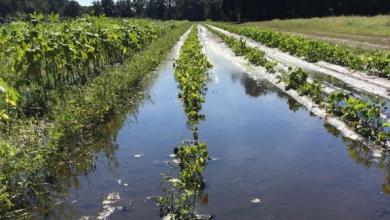
The Southeast Farm Press posted an interesting story by Brad Haire this week on how the wet conditions have affected our farmers in the last few weeks. I have heard many agents and producers saying the same thing–we would rather have a lot of rain than a drought, but…it is hard to get work done…
-

There have been many stories about extreme weather around the world in the news over the last few weeks. Here are a couple that you might not have seen. Phys.org: Glacial melt in High Mountain Asia accelerating as summers warm Science: Europe’s deadly floods leave scientists stunned All About Feed: Abnormal heatwave in Russia threatens…
-
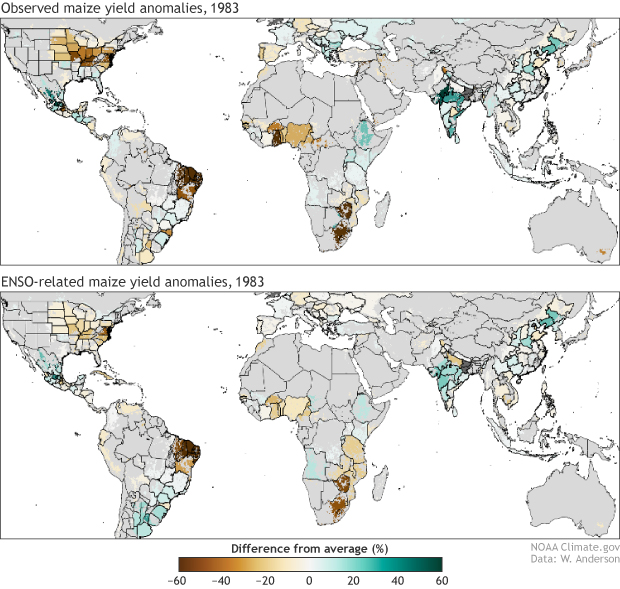
In this blog I tend to focus on the relationship between the phase of ENSO (El Nino or La Nina or neutral) and what climate conditions are likely to happen here in the Southeast as well as how those conditions will affect our crops. But ENSO actually affects weather across the whole globe, so if…
-
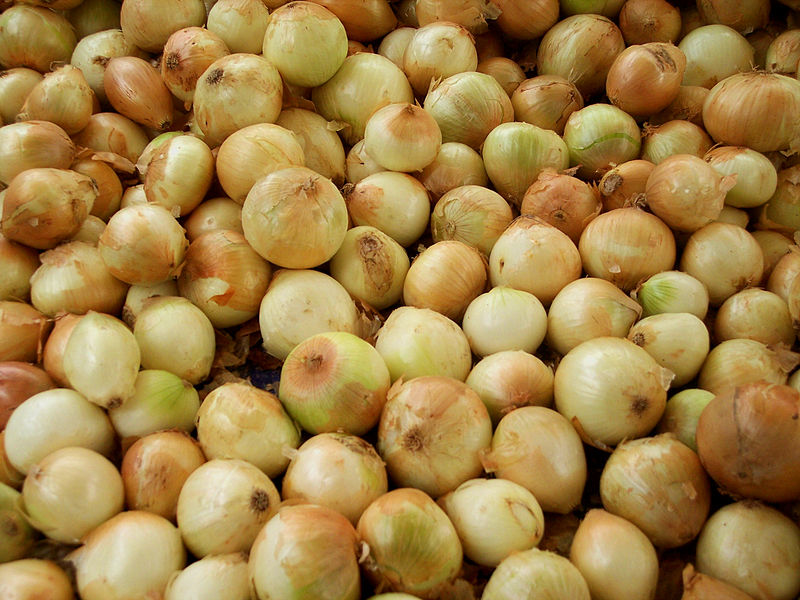
The Packer reported this week that one of the consequences of the dramatic high temperatures in the Pacific Northwest is the impact on onions. Demand for onions is increasing as more restaurants open up, but the heat has caused problems for onions and stressed them. One result is that onions are maturing about a week…
-
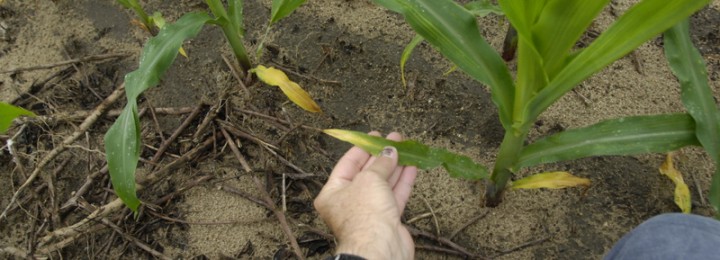
All of the rain that we have been having in the Southeast has caused a number of impacts. In addition to increasing the likelihood of fungal diseases and making it hard to get into the fields, it is also affecting the quality of crops like corn. This article and video from The Scoop discusses how…
-
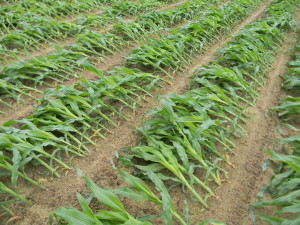
While Tropical Storm Elsa was not a strong storm as it came through the Southeast, it did have some strong winds and torrential rainfall. The rain in many areas fell on soil that was already saturated, especially in northern Florida where a stalled front had dropped several inches of rain just a few days before.…
-
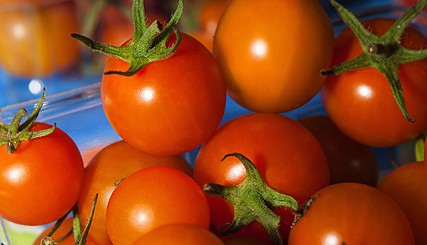
While this is the main blog I write, I also contribute once a month to The Garden Professors blog, dedicated to the use of science in tackling problems in home gardens. Here is an interesting article written last year by one of our other contributors, John Porter, on the impact of high temperatures on the…